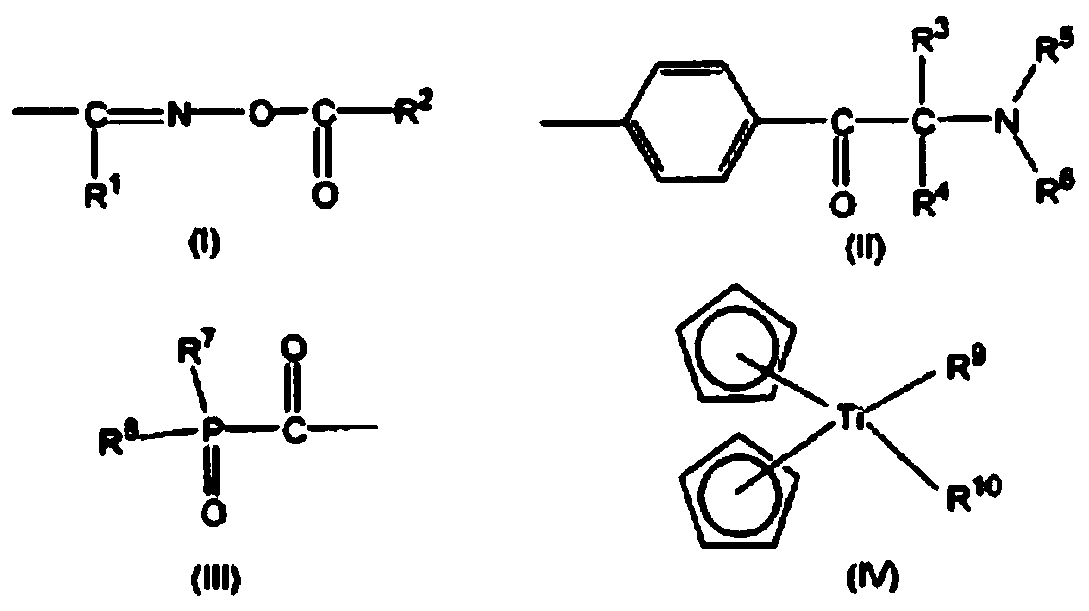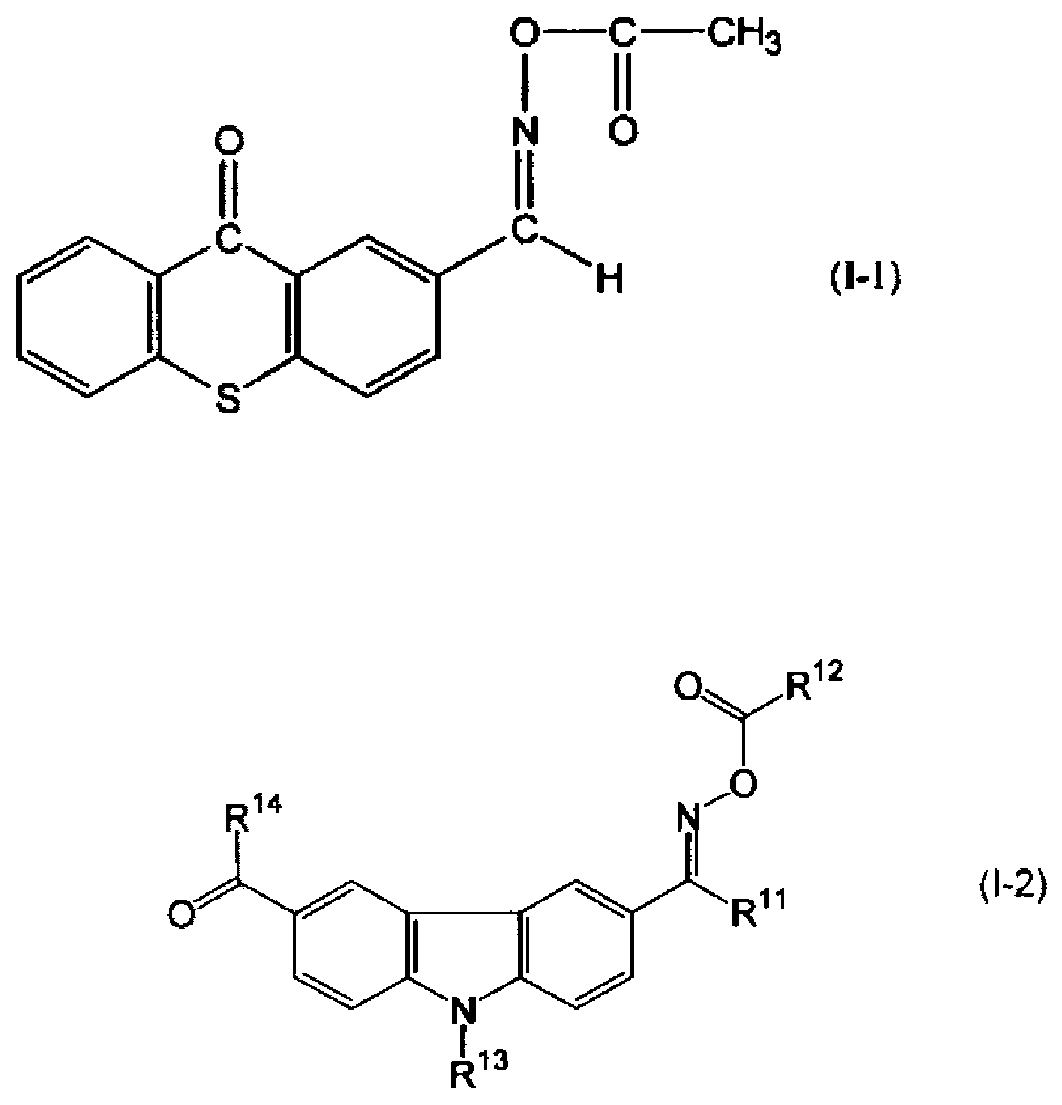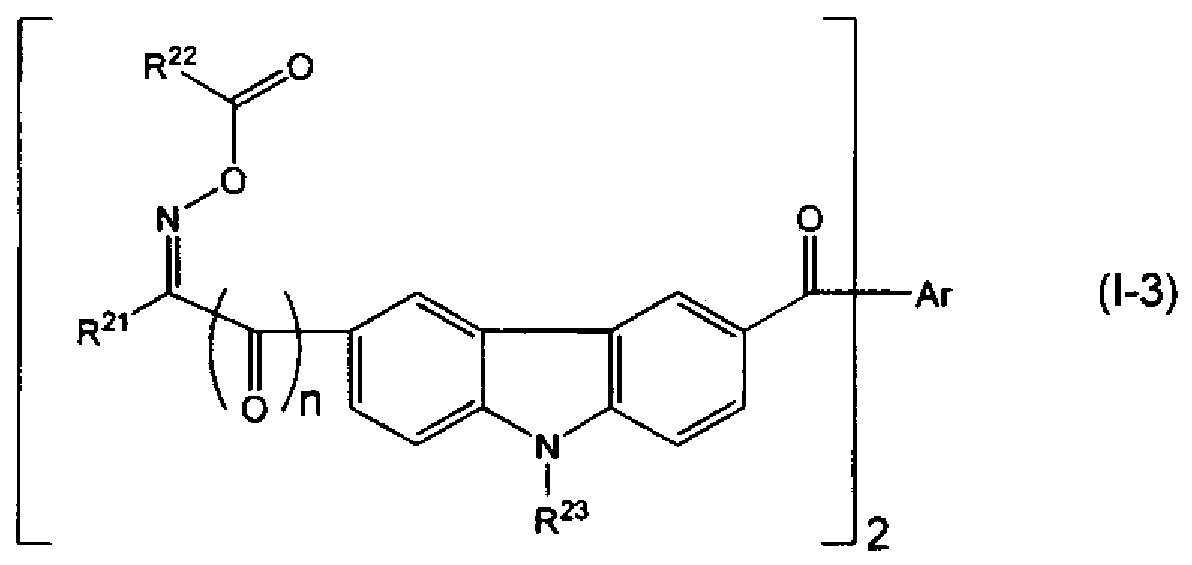Photocurable thermosetting resin composition, cured product, and printed circuit board
A resin composition, thermosetting technology, applied in the directions of printed circuit, printed circuit manufacturing, printed circuit secondary treatment, etc., can solve the increasing requirements for high sensitivity of solder mask, and it is difficult to improve sensitivity, developability and finger touch. Dryness, high amount of epoxy resin added, etc., to achieve the effect of excellent touch dryness
- Summary
- Abstract
- Description
- Claims
- Application Information
AI Technical Summary
Problems solved by technology
Method used
Image
Examples
Embodiment
[0147] Examples and comparative examples are shown below, and the present invention will be specifically described, but the present invention is of course not limited to the following description. In addition, the following "parts" and "%" mean "parts by mass" and "% by mass" unless otherwise specified.
[0148] [Synthesis of photosensitive resin]
Synthetic example 1
[0149] Synthesis Example 1: Carboxyl-containing resin (A-1)
[0150] In 600 g of diethylene glycol monoethyl ether acetate, 1070 g of o-cresol novolak type epoxy resin [manufactured by DIC Corporation, EPICLON N-695, softening point 95° C., epoxy equivalent 214, average number of functional groups 7.6] 1070 g ( The number of glycidyl groups (total number of aromatic rings): 5.0 moles), 360 g (5.0 moles) of acrylic acid, and 1.5 g of hydroquinone were heated to 100° C. and stirred to dissolve uniformly.
[0151] Next, 4.3 g of triphenylphosphine was charged, heated to 110° C., and reacted for 2 hours, then heated up to 120° C., and further reacted for 12 hours. In the obtained reaction solution, 415 g of aromatic hydrocarbons (Solvesso 150) and 456.0 g (3.0 moles) of tetrahydrophthalic anhydride were dropped into, reacted for 4 hours at 110° C., and cooled to obtain a carboxyl group-containing photosensitive resin solution ( A-1).
[0152] The solid content (the amount exclud...
Synthetic example 2
[0153] Synthesis Example 2: Carboxyl-containing resin (A-2)
[0154] In 700 g of diethylene glycol monoethyl ether acetate, 1070 g of o-cresol novolak type epoxy resin [manufactured by DIC Corporation, EPICLON N-695, softening point 95° C., epoxy equivalent 214, average number of functional groups 7.6] 1070 g ( The number of glycidyl groups (total number of aromatic rings): 5.0 moles), 360 g (5.0 moles) of acrylic acid, and 1.5 g of hydroquinone were heated to 100° C. and stirred to dissolve uniformly.
[0155] Next, 4.3 g of triphenylphosphine was charged, heated to 110° C., and reacted for 2 hours, and then 1.6 g of triphenylphosphine was further added, and the temperature was raised to 120° C., and the reaction was further performed for 12 hours. 562 g of aromatic hydrocarbons (Solvesso 150) and 684 g (4.5 mol) of tetrahydrophthalic anhydride were put into the obtained reaction liquid, and it reacted at 110 degreeC for 4 hours. Furthermore, 142.0 g (1.0 mol) of glycidyl me...
PUM
| Property | Measurement | Unit |
|---|---|---|
| softening point | aaaaa | aaaaa |
| softening point | aaaaa | aaaaa |
| softening point | aaaaa | aaaaa |
Abstract
Description
Claims
Application Information
 Login to View More
Login to View More - R&D
- Intellectual Property
- Life Sciences
- Materials
- Tech Scout
- Unparalleled Data Quality
- Higher Quality Content
- 60% Fewer Hallucinations
Browse by: Latest US Patents, China's latest patents, Technical Efficacy Thesaurus, Application Domain, Technology Topic, Popular Technical Reports.
© 2025 PatSnap. All rights reserved.Legal|Privacy policy|Modern Slavery Act Transparency Statement|Sitemap|About US| Contact US: help@patsnap.com



